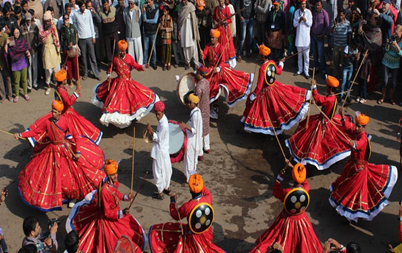Context
Recently, the demands for a “Bhil Pradesh”, a separate state for tribal people in western India, have begun to be raised again.
Background
- Bhil social reformer and spiritual leader Govind Guru first raised the demand for a separate state for tribals back in 1913 after the Mangarh massacre.
- The massacre, which took place six years before Jallianwalla Bagh and is sometimes referred to as the “Adivasi Jallianwala”.
- It saw hundreds of Bhil tribals being killed by British forces on November 17, 1913 in the hills of Mangarh on the border of Rajasthan and Gujarat.
- Post-Independence, the demand for Bhil Pradesh was raised repeatedly.
- Earlier, the Dungarpur, Banswara, Udaipur region in Rajasthan and Gujarat, MP, etc. was part of a single entity.
- But post-Independence, the tribal majority regions were divided by the political parties, so that the tribals don’t organise and unite.
About Bhil tribe
- The word Bhil is derived from “Veel”, which means “bow” in the Dravidian language.
- The Bhil tribe is called “Dhanush Purush of India” because they are highly adept at learning Dhanush.
- Bhils are a group of tribal Indians scattered throughout India from Gujarat in the west to Tripura in the Far East.
- As of 2013, they were the largest tribal group in India with the majority living in the states of Gujarat, Madhya Pradesh, Rajasthan and Chhattisgarh.
- Bhils have a rich and unique culture. The Bhilala subdivision is known for its Pithora painting.
- Ghoomar is a traditional folk dance of the Bhil tribe.
- Ghoomar is the symbol of femininity.
- The young women take art in this dance and declare that they are stepping into women’s shoes.

